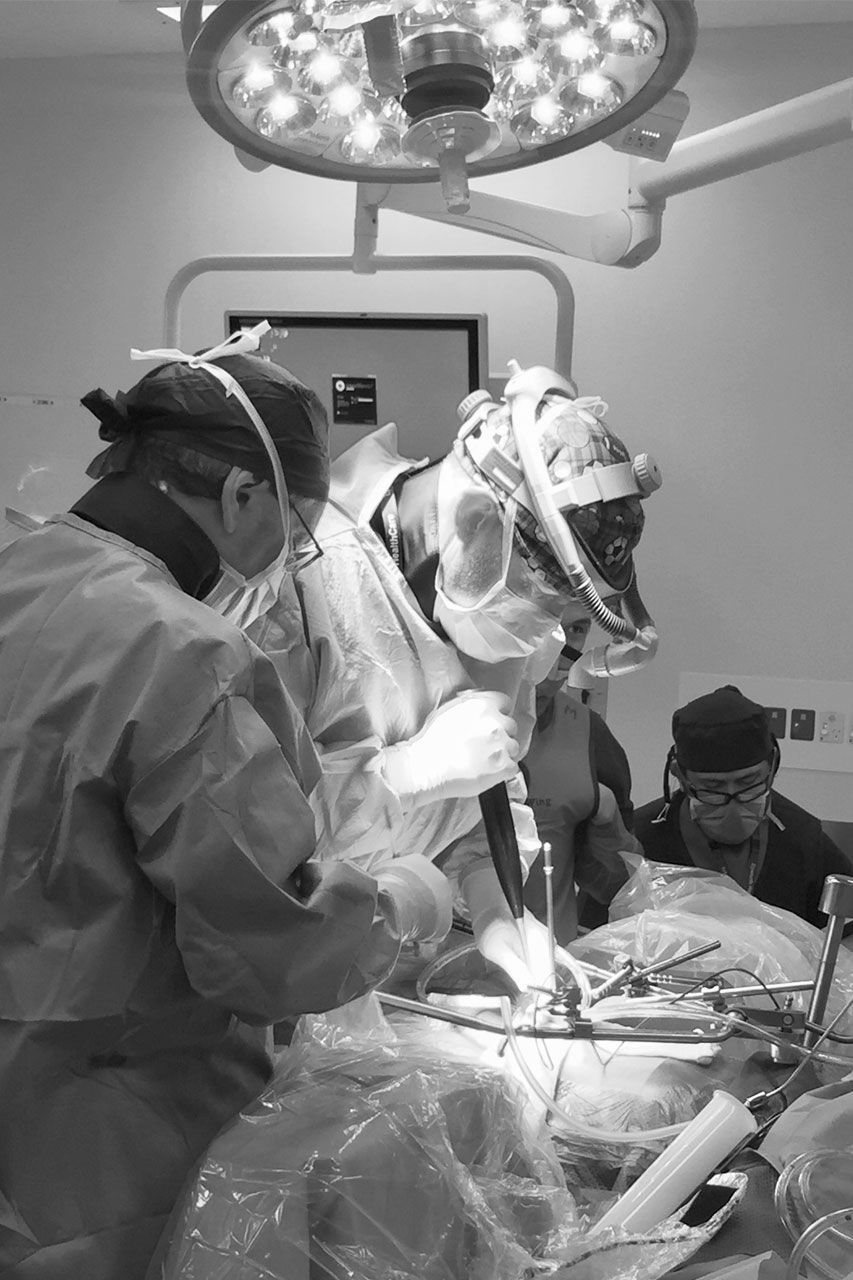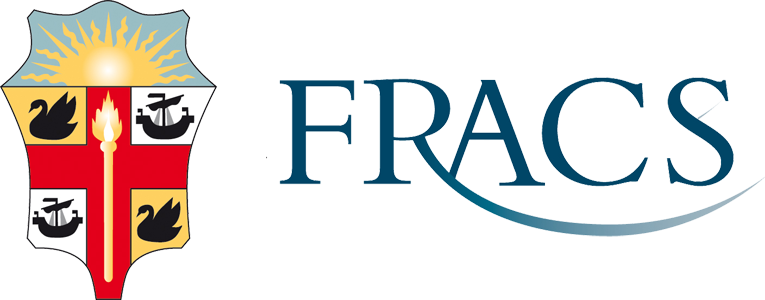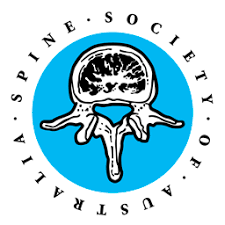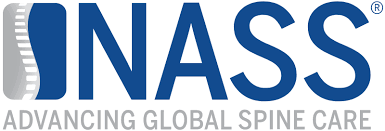Prof. Greg Malham
Spine Surgeon & Neurosurgeon
BSc MBChB FRACS
ABOUT PROFESSOR MALHAM
Education & Training
Professor Greg Malham offers a comprehensive private practice in neurosurgery, specialising in spine surgery, based in Melbourne, Australia.
He began his training in his hometown of Christchurch, New Zealand in 1982, graduating in 1989 from the University of Otago with MBChB (Distinction) and prizes in both surgery and medicine. Moving to Melbourne in 1997, he continued advanced training in Neurosurgery, gaining his Fellowship of the Royal College of Surgeons (FRACS) in 2000.
Prof. Malham underwent post-graduate training in the UK working at the Southern General Hospital in Glasgow – a world-renowned neurosurgery unit. He gained advanced skills in brain tumour, trauma and complex spine neurosurgery.
He is recognised as one of Australasia’s premier spine surgeons, with extensive experience in all aspects of spine surgery particularly: minimally invasive spine surgery; image guidance and robotic assisted surgery; total disc replacement in the cervical and lumbar spine; anterior, oblique, lateral and posterior interbody fusions; spine trauma and spinal tumour surgery.
Prof. Malham specialises in all sports-related spine injuries for elite athletes particularly in AFL, rugby union, rugby league, tennis and horse racing.
Appointed as Adjunct Professor of Spine Surgery Research and Surgical Innovations at Swinburne University, he also to his credit, has over 60 peer-reviewed publications and 4 book chapters on spine, trauma and brain tumour surgeries. He lectures nationally and internationally on all aspects of spine trauma and degenerative spinal surgery regularly.
Prof. Malham is the Senior Spinal Neurosurgeon in the Neuroscience Directorate, at Epworth Richmond, and along with his specialised team, is dedicated to his career.

“I just like making people better”.
Professional Memberships
- FELLOW - ROYAL AUSTRALASIAN COLLEGE OF SURGEONS (RACS)
- MEMBER - NEUROSURGICAL SOCIETY OF AUSTRALASIA (NSA)
- MEMBER - SPINE SOCIETY OF AUSTRALIA (SSA)
- ASSOCIATE MEMBER - AUSTRALIAN ORTHOPAEDIC ASSOCIATION (AOA)
- MEMBER - SPINE ARTHOPLASTY SOCIETY (SAS)
- MEMBER - AO SPINE INTERNATIONAL
- BOARD MEMBER - SOCIETY OF LATERAL ACCESS SURGEONS (SOLAS)
- MEMBER - AUSTRALIAN MEDICAL ASSOCIATION (AMA)
- MEMBER - NORTH AMERCIA SPINE SOCIETY (NASS)
Awards & Prizes
- ROYAL AUSTRALASIAN COLLEGE OF SURGEONS (RACS)
- Admittance by the Council a Fellow of the Royal Australasian College of Surgeons in the speciality of Neurosurgery
- ROYAL AUSTRALASIAN COLLEGE OF SURGEONS (RACS) & NEUROSURGICAL SOCIETY
- Appointed Supervisor of Surgical Education And Training for Neurosurgery
- ROYAL AUSTRALASIAN COLLEGE OF SURGEONS (RACS)
- Certificate of Continuing Professional Development
- PETER LEECH PRIZE
- For Best Presentation by a Neurosurgeon in Training
- CHRISTCHURCH SCHOOL OF MEDICINE UNIVERSITY OF OTAGO
- DW Beaven Prize in Medicine
- AOSPINE
- Certification Greg Malham is a Platinum Member of AOSpine Asia Pacific
- CHRISTCHURCH SCHOOL OF MEDICINE UNIVERSITY OF OTAGO
- The Sir Thaddeus McNaughton Surgical Prize
- UNIVERSITY OF OTAGO
- Bachelor of Medicine AND Bachelor of Surgery
Published Papers
- Early experience of placing image-guided minimally invasive pedicle screws without K-wires or bone-anchored trackers.
- Anterior lumbar interbody fusion (ALIF) as an option for recurrent disc herniations: a systematic review and meta-analysis.
- Early experience with lateral lumbar total disc replacement: Utility, complications and revision strategies.
- Maintenance of Segmental Lordosis and Disk Height in Stand-alone and Instrumented Extreme Lateral Interbody Fusion (XLIF).
- Comparison of a calcium phosphate bone substitute with recombinant human bone morphogenetic protein-2: a prospective study of fusion rates, clinical outcomes and complications with 24-month follow-up.
- Treatment of symptomatic thoracic disc herniations with lateral interbody fusion.
- Lumbar interbody fusion: techniques, indications and comparison of interbody fusion options including PLIF, TLIF, MI-TLIF, OLIF/ATP, LLIF and ALIF.
- Choice of Approach Does Not Affect Clinical and Radiologic Outcomes: A Comparative Cohort of Patients Having Anterior Lumbar Interbody Fusion and Patients Having Lateral Lumbar Interbody Fusion at 24 Months.
- Bone Morphogenetic Proteins in Spinal Surgery: What Is the Fusion Rate and Do They Cause Cancer?
- Assessment and classification of subsidence after lateral interbody fusion using serial computed tomography.
- Brief intraoperative heparinization and blood loss in anterior lumbar spine surgery.
- Percutaneous Pedicle Screw Accuracy with Dynamic Electromyography: The Early Experience of a Traditionally Open Spine Surgeon.
- Stand-alone minimally invasive lateral lumbar interbody fusion: multicenter clinical outcomes.
- Clinical results and limitations of indirect decompression in spinal stenosis with laterally implanted interbody cages: results from a prospective cohort study.
- Bone scans are reliable for the identification of lumbar disk and facet pathology.
- Anterior lumbar interbody fusion using recombinant human bone morphogenetic protein-2: a prospective study of complications.
- Indirect foraminal decompression is independent of metabolically active facet arthropathy in extreme lateral interbody fusion.
- Co-registration of isotope bone scan with CT scan and MRI in the investigation of spinal pathology.
- Minimally invasive direct lateral corpectomy for the treatment of a thoracolumbar fracture.
- Cervical artificial disc replacement with ProDisc-C: clinical and radiographic outcomes with long-term follow-up.
- Factors associated with symptom-specific psychological and functional impact among acoustic neuroma patients.
- Anterior pseudoarthrectomy for symptomatic Bertolotti’s syndrome.
- Re: how to write a paper.
- Early postoperative dislocation of the anterior Maverick lumbar disc prosthesis: report of 2 cases.
- Clinical outcome and fusion rates after the first 30 extreme lateral interbody fusions.
- Health resource utilisation costs in acute patients with persistent midline cervical tenderness following road trauma.
- Outcomes at 12 months after early magnetic resonance imaging in acute trauma patients with persistent midline cervical tenderness and negative computed tomography.
- Factors associated with anxiety and depression in the management of acoustic neuroma patients.
- Cervical spine magnetic resonance imaging in alert, neurologically intact trauma patients with persistent midline tenderness and negative computed tomography results.
- Balamuthia mandrillaris brain abscess successfully treated with complete surgical excision and prolonged combination antimicrobial therapy.
- Quality of life among acoustic neuroma patients managed by microsurgery, radiation, or observation.
- Oblique axis body fracture–pitfalls in management.
- Traumatic cervical discoligamentous injuries: correlation of magnetic resonance imaging and operative findings.
- Complete recovery following atlantoaxial fracture-dislocation with bilateral carotid and vertebral artery injury.
- Occipital condyle fractures: incidence and clinical follow-up at a level 1 trauma centre.
- Sinonasal inverted papilloma mimicking a pituitary macroadenoma.
- Nonoperative management of type II odontoid fractures in the elderly.
- Survival of trauma patients with coma and bilateral fixed dilated pupils.
- Early decompressive craniectomy for patients with severe traumatic brain injury and refractory intracranial hypertension–a pilot randomized trial.
- Low-grade supratentorial astrocytomas in adults: Management, immunohistochemical analysis and long-term follow-up.
- Os odontoideum: report of three cases.
- Factors predicting cervical collar-related decubitus ulceration in major trauma patients.
- Disseminated intravascular coagulation complicating resection of a malignant meningioma.
- Magnetic resonance imaging for clearing the cervical spine in unconscious intensive care trauma patients.
- Cervical spine assessment in the unconscious trauma patient: a major trauma service’s experience with passive flexion-extension radiography.
- Damage control surgery for spine trauma.
- Systemic inflammatory response syndrome and acute neurological disease.
- Establishment of primary human meningiomas as subcutaneous xenografts in mice.
- Spinal leptomeningeal metastasis from cerebral glioblastoma multiforme presenting with radicular pain: case report and literature review.
- Spontaneous haemorrhage into an empty sella turcica mimicking pituitary apoplexy.
- Determination of the activation spectrum of aluminium phthalocyanine chloride against cultured meningioma cells using a tunable laser.
- Neurocysticercosis: a rare cause of epilepsy in New Zealand.
- Subcellular distribution and photocytotoxicity of aluminium phthalocyanines and haematoporphyrin derivative in cultured human meningioma cells.
- Diagnostic markers demonstrating successful culture of human meningioma cells.
Contact Us
Hours
Monday to Friday
9.00am – 5.00pm
*This may vary on occasions or the rooms may be briefly unattended.
All Rights Reserved | Greg Malham, Neurosurgeon, BSc MBChB DMed FRACS




